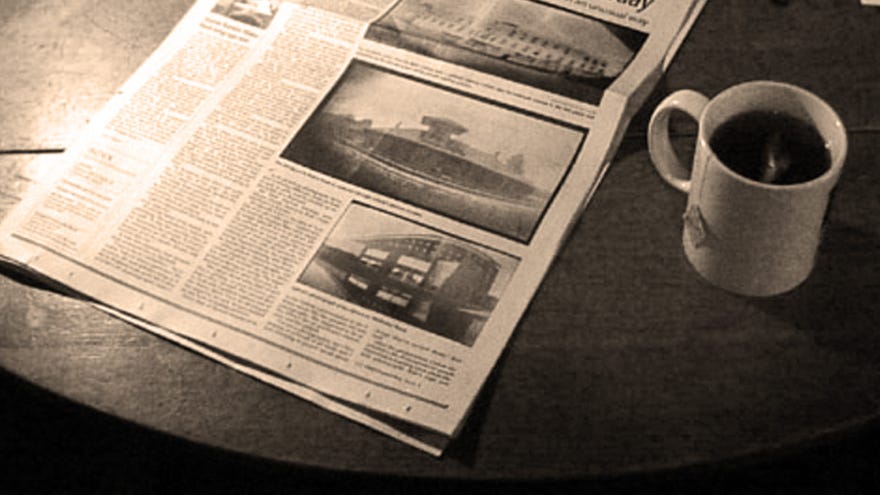The Sunday Papers
Read more
Sundays are for treating yourself to some fancy hand sanitiser that smells like citrus. Before you press the pump, let's read this week's best writing about games.
Over on the Washington Post, Jack Yarwood wrote about working on video games and not appearing in the credits.
“There’s tons of companies that are actively using crediting as a way to have leverage over the workers and keep them dependent on the company … and that’s actively malicious crediting,” Kinema said. One studio threatened to not credit her on a project for leaving before release, she said, and she was cautioned against mentioning the game in her portfolio. Ultimately, she chose not to include it on her list of credits.
For Polygon, Adam Arter wrote about Wario Land 4's sound room and how it still haunts them 20 years later. Also, sort of related, sort of totally unrelated. Nintendo, please do another Wario Land, please let me rest.
The game’s sound room, however, is where the audio experience of Wario Land 4 takes a turn for the weird. There are 16 entirely new tracks in the sound room, which are unlocked by finding discs hidden within secret passages in each of the levels. Each of these tracks goads you with ominously abstract titles such as “About That Shepherd” or “Tomorrow’s Blood Pressure.” You would be forgiven for thinking that you’re suddenly accessing the soundtrack of another game, especially once you hit play and let the bizarre audio sequences play out.
For Dezeen, Amy Frearson wrote about the architects who incorporated 27,000 cat faces into five homes in Catford. Alternatively, it looks like the houses were originally made out of cookie dough, and the architects went around with cat face-shaped cookie cutters, plonked some faces about, then baked the houses. Just a thought.
Given free rein to experiment, Tsuruta decided to create more cat references in these five flats. He developed a simple motif of a cats head, complete with pointy ears, which he used to create all of his decorative details.
Now I'm not usually a fan of videos or articles that are like, "Well, I'll have you know...", but this video of a Norse mythology expert reacting to God Of War is actually a super interesting watch. [I have gone off on one about Dr. Crawford before and I just want the whole games industry to remember that I liked him way before it was cool. - ed.]
On Twitter, Arkane Lyon game director Dinga Bakaba dropped some Deathloop trivia over on Twitter. Namely, how the game's satisfying kick came into being. Colm and Brendy also put together a video on this fabled kick, so do be sure to give that a watch as well.
And some bonus Deathloop trivia...
For Wired, Ewan Wilson took a closer look at Deathloop's trippy '60s-infused island.
As well as the striking influence of graphic designer Saul Bass on Deathloop’s cutscenes and in-game posters, the team also looked to the hand-painted illustrations of Robert McGinnis, who worked on many of the James Bond film posters in the ’60s. “When we were working on Deathloop’s script, and we had all this paranormal phenomena, we settled on the ’60s setting for two reasons,” explains Mitton. “There’s the mysterious aspect with James Bond, [the 60s’ TV show ] The Avengers, and all the gadgets and colorful characters.”
Music this week is For Your Love by NZCA LINES. Here's the YouTube link and Spotify link. Smooth.
Bonus track this week is Curtain Fall by [.que]. Here's the YouTube link and the Spotify link. Would fit right in as a Yakuza game credits track.
That's me. Have a solid Sunday everyone!


